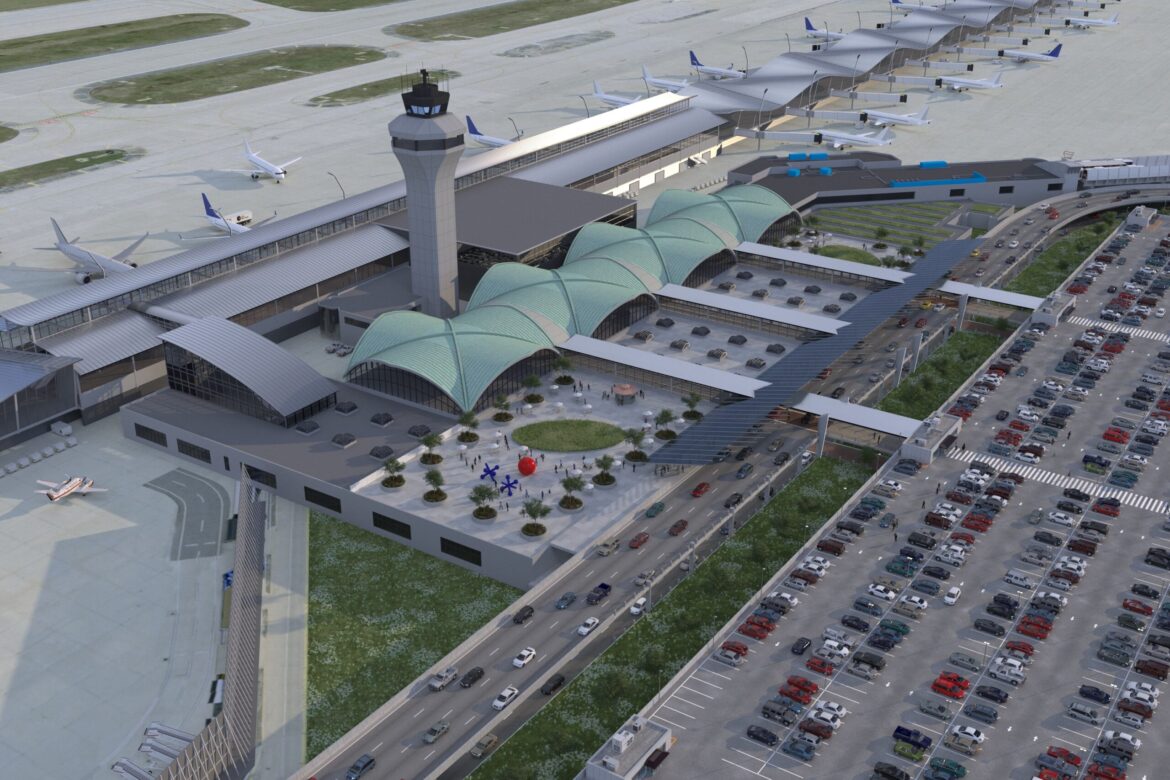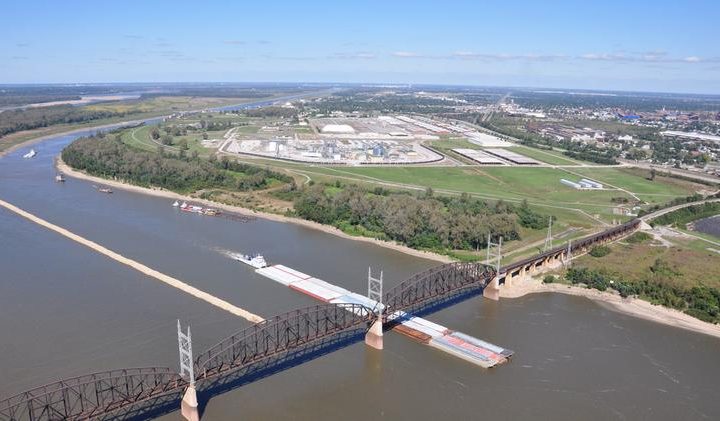
The strategic advantages of the St. Louis region for global logistics and freight operations were in the spotlight on June 6 at FreightWeekSTL 2025. Hosted by the St. Louis Regional Freightway, a
virtual panel session featured Zach Wilfley, who discussed the benefits the St. Louis region offers for shippers and global logistics firm due to the central U.S. location, interstate connectivity, international airport access and available workforce. Wilfley is the station manager at Allstates WorldCargo.
Allstates WorldCargo is a global freight forwarder and logistics provider with nearly 50 locations nationwide and offers all modes of transportation, including domestic ground, air and intermodal, in addition to international ocean, ground and air transportation. The company also offers warehousing and distribution services, including container devanning. Allstates WorldCargo’s 250,000-square-foot facility in the St. Louis region is located in Hazelwood, Missouri, overlooking the runways at St. Louis Lambert International Airport. Wilfley said the St. Louis region’s central location in the United States enables global logistics companies to utilize a lot of creative solutions to help ensure customers’ supply chain needs are met. He said the area has the freight network to support the sector.
“We boast a very solid infrastructure here in St. Louis,” said Wilfley. “We have six Class I railroads, which leads to extensive rail networks. We have four major interstate highways, St. Louis Lambert International Airport, and we also have one of the largest inland ports in the country on the Mississippi River.”
Wilfley talked about the benefits manufacturers and logistics firms receive due to their proximity to an international airport and Interstate 70 (I-70), which provides enhanced supply chain connectivity for the region.
“Airports tend to be the center of any logistics hub. Even the ground freight networks typically are located right around the airports in most cities, due to the efficiencies required to move freight between modes,” said Wilfley. He added that, in addition to the common carrier LTL networks the company uses, Allstates WorldCargo also heavily uses an airport-to-airport linehaul network that allows it to move freight easily and efficiently between its air and ground networks.
“Being close in proximity allows for faster transportation and delivery time, cost efficiencies and quicker access to larger markets and customer bases,” Wilfley said. “And finally, and maybe most importantly for us, it allows for operational flexibility and scalability.”
Enhancements to St. Louis Lambert International Airport and improvements on I-70 have the potential to positively impact logistics and manufacturing firms operating along the corridor, he said. The airport’s $3 billion terminal expansion will consolidate its two existing terminals into a single, larger terminal with room for more domestic and international flights. The Missouri Department of Transportation has plans for approximately $175 million in improvements to the stretch of I-70 that runs from the Missouri River to North Hanley Road, serving the airport. The project is not yet funded.
“It would be really ideal to see more direct international flights into and out of Lambert and larger planes utilizing the airport for domestic flights as well. Increasing capacity would lead to reductions in transit time and would potentially open new markets for our customers to move their products into,” said Wilfley. “Improvements on 70 would also lead to reduced transit times. It would allow for increased capacity to move efficiently into and out of the airport, and finally would help enhance the safety of the freight we move. Good roads provide a safer transportation
experience for all.”
Wilfley expressed optimism about the region’s continued investment in infrastructure and its alignment with the needs of logistic providers. “It’s great to see that the St. Louis region is willing to invest in our community and our infrastructure to help our area continue to improve and thrive,” Wilfley said.
Wilfley also pointed out the region’s skilled labor pool and affordability as other major assets. He said when he graduated with his degree in logistics and supply chain management from Missouri State University 15 years ago, logistics programs were rare in local universities. Now, he said, nearly every school has one, which has been a huge boost for the company’s talent pipeline. Comparing industrial lease rates, he said the St. Louis region comes in at approximately $5.37 per square foot versus a national average of $9.35, making it a very cost-effective environment
for growth.
Mary Lamie moderated the virtual panel session. Lamie is head of the St. Louis Regional Freightway and Executive Vice President of Multimodal Enterprises for Bi-State Development. “It’s fascinating to hear directly from a global logistics company about all the advantages to operating here in the St. Louis region,” said Lamie.



